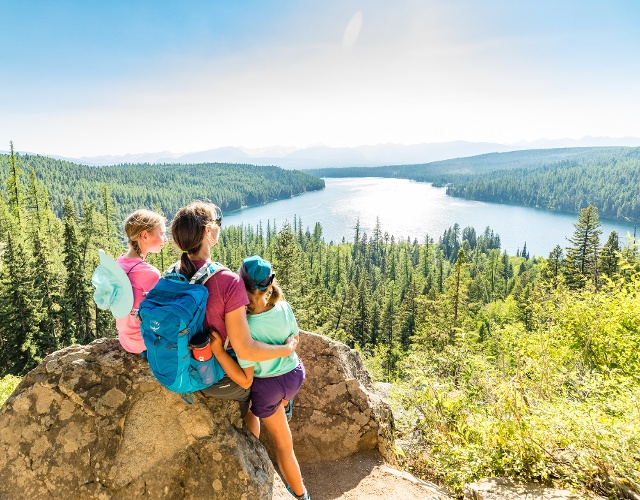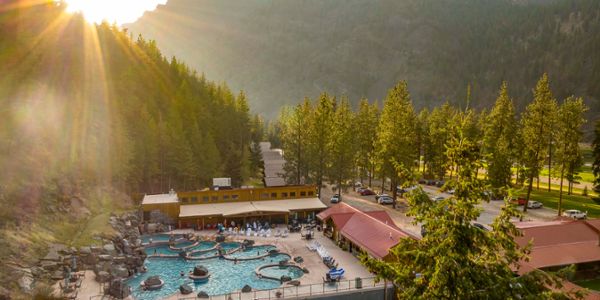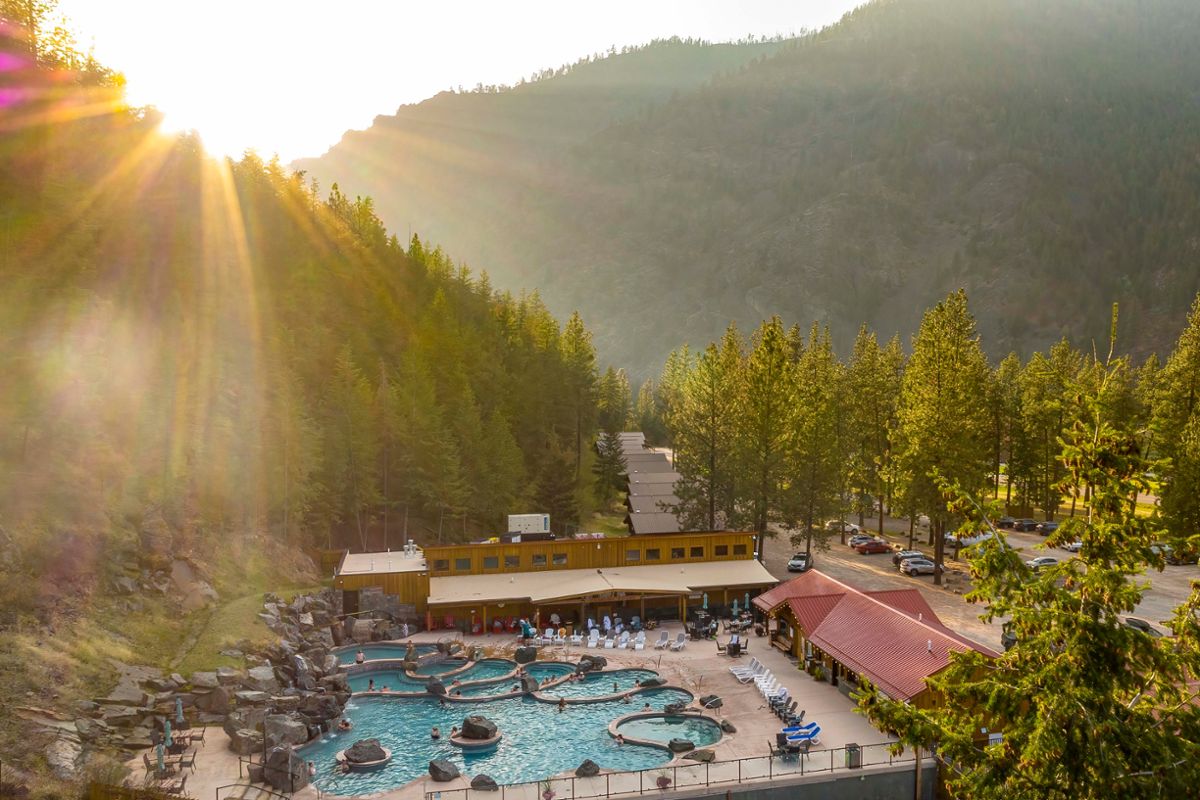The plan will tackle predictable and unpredictable variables that can create instability in local economies if not assessed and addressed proactively. Examples of these variables include:
- Visitor safety
- Overuse of recreation resources
- Employee shortages
- Loss of revenue due to changes in traveler behavior
- Overcrowding in some areas, and lack of visitation in others
- Dynamic weather patterns that have led to fishing restrictions, record wildfires, floods, unpredictable snowfall levels and more









